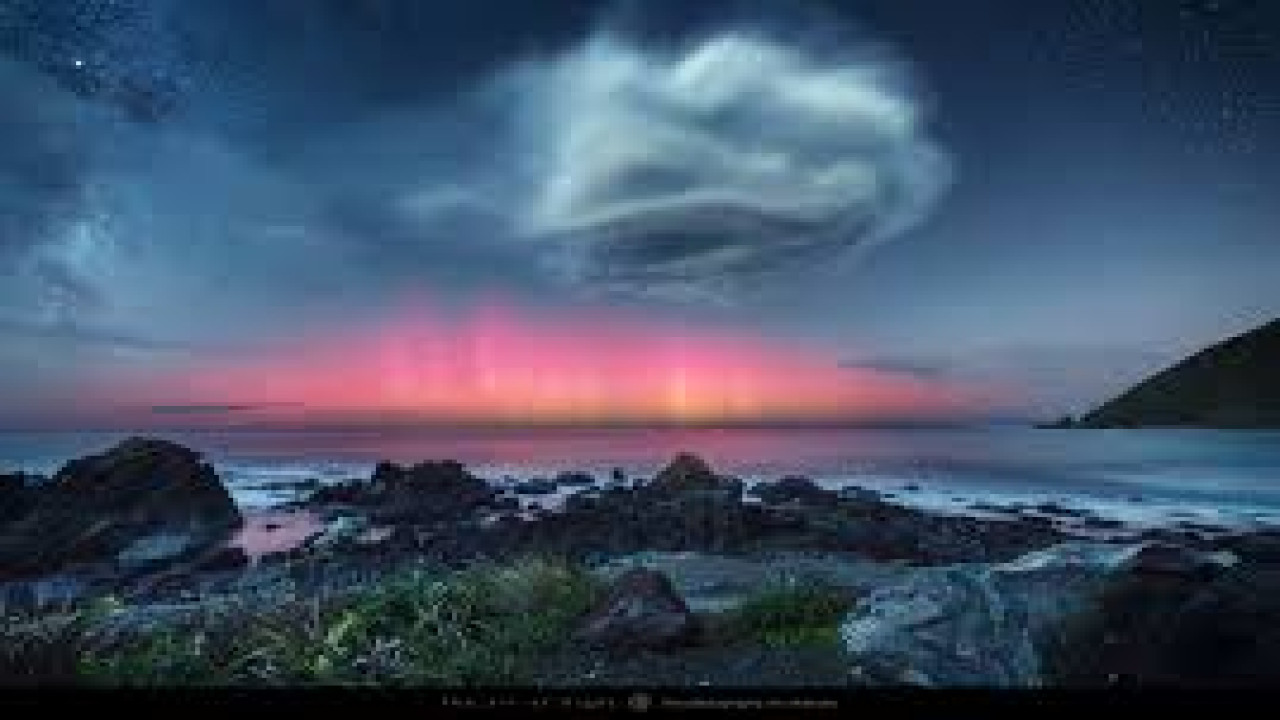Mastering the Art of Night Photography: A Comprehensive Guide
Introduction:
Night photography offers a unique canvas for creative expression, allowing photographers to capture the world in a different light—literally. With the right techniques and equipment, you can transform the mundane into the magical under the cloak of darkness. In this comprehensive guide, we'll delve into the intricacies of night photography, exploring the gear, settings, and creative approaches needed to master this captivating art form.
I. Understanding the Basics of Night Photography:
1.1. Embracing Darkness: Unlike daylight photography, where ample natural light illuminates the scene, night photography presents the challenge of working with limited light sources. Understanding how to leverage available light and create your own illumination is crucial.
1.2. Gear Essentials: Night photography requires specific gear to overcome low light conditions and capture stunning images. From cameras with excellent low-light performance to sturdy tripods and essential accessories like remote shutter releases, we'll discuss the must-have equipment for successful night shoots.
II. Mastering Camera Settings for Night Photography:
2.1. ISO: The sensitivity of your camera's sensor to light plays a pivotal role in night photography. Learn how to adjust ISO settings to balance image quality and noise, allowing you to capture sharp, well-exposed photos in low-light environments.
2.2. Aperture: Understanding the relationship between aperture, depth of field, and light gathering capabilities is essential for achieving the desired creative effects in night photography. We'll explore how different aperture settings impact your images and when to use each one effectively.
2.3. Shutter Speed: Managing shutter speed is critical for capturing sharp, blur-free images in low light conditions. Discover how to choose the optimal shutter speed to freeze motion or create captivating long-exposure shots that showcase the beauty of the night sky.
III. Composition Techniques for Night Photography:
3.1. Finding Balance in the Darkness: Composition plays a crucial role in night photography, guiding the viewer's eye through the image and creating visual interest. Learn how to utilize leading lines, symmetry, and other compositional techniques to create compelling nightscapes.
3.2. Incorporating Light Sources: From city lights and star trails to artificial light painting, incorporating light sources creatively can elevate your night photography to new heights. We'll explore various techniques for harnessing and manipulating light to add drama and atmosphere to your images.
IV. Capturing the Night Sky:
4.1. Shooting Stars and Milky Way: Astrophotography offers a mesmerizing glimpse into the cosmos, but capturing stars and the Milky Way requires specialized techniques and equipment. Discover how to scout dark sky locations, plan your shoots using celestial maps, and execute stunning night sky photos.
4.2. Creating Star Trails: Long-exposure star trail photography transforms the apparent motion of stars into captivating streaks across the night sky. Learn how to set up your camera for extended exposures, choose the right location and framing, and post-process your star trail images for maximum impact.
V. Post-Processing Techniques for Night Photography:
5.1. Noise Reduction: Dealing with noise is inevitable in night photography, especially when shooting at high ISO settings. Explore advanced noise reduction techniques using software like Adobe Lightroom and Photoshop to preserve image detail and clarity while minimizing noise artifacts.
5.2. Enhancing Contrast and Clarity: Post-processing allows you to fine-tune contrast, clarity, and tonal balance to enhance the impact of your night photos. Discover how to use selective adjustments, graduated filters, and other editing tools to bring out the richness and depth of your nocturnal images.
Conclusion:
Mastering the art of night photography requires patience, practice, and a willingness to embrace the challenges of working in low light conditions. Armed with the knowledge and techniques outlined in this guide, you'll be well-equipped to capture stunning nightscapes, astrophotography, and celestial phenomena that transport viewers to the magical world that awakens when the sun sets. So, grab your camera, venture into the darkness, and let your creativity illuminate the night.









Comments (0)